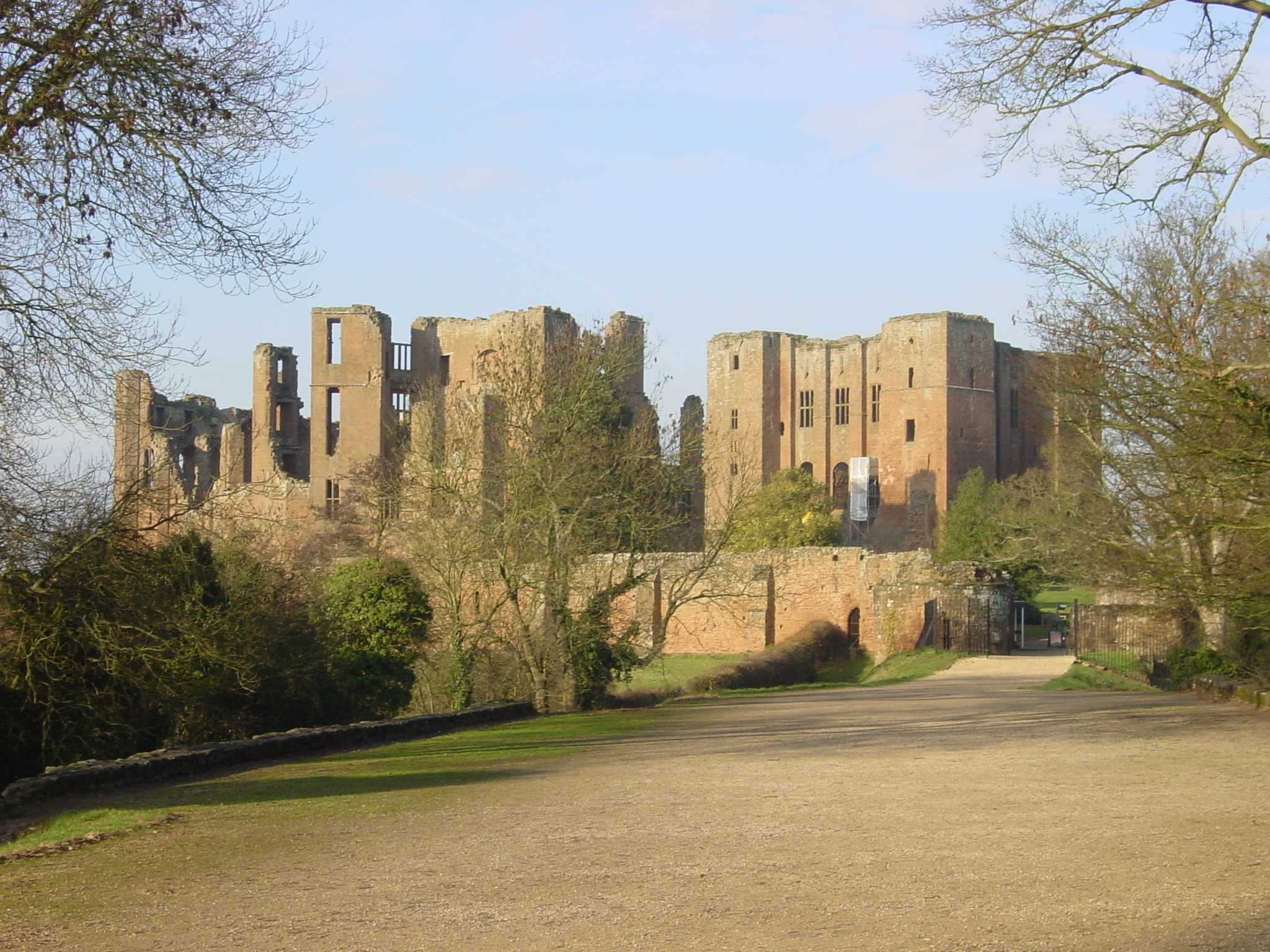Webmaster Notes
Thomas Wright on North Hinkford
The Dictum of Kenilworth - 31 October 1266 (see wiki page)
The fact that the Dictum was mentioned by Thomas Wright with respect to William de Beauchamp would indicate that there is something significant with respect to the "ownership" or stewardship of the local area.
Dictum of Kenilworth - 31 October 1266
The Dictum of Kenilworth was cited by Thomas Wright with respect to
William de Beauchamp and " ...... co-heiresses and their husbands, or joint heirs, upon paying their compositions, in pursuance of the Dictum of Kenilworth....."
Top
Thomas Wright does not explain the relationship between
William de Beauchamp of Bedford with another from Worcestershire.
Well, this was early on in my research of the history of Belchamp Walter and the de Beauchamp family
turns out to be quite important in the
history of the country in general.
The Baron's wars in
What the Wikipedia page says about the Dictum Of Kenilworth:
The Dictum of Kenilworth, issued on 31 October 1266, was a pronouncement designed to reconcile the rebels of
the Second Barons' War
with the royal government of England. After the baronial victory at the Battle of Lewes in 1264,
Simon de Montfort took control of royal government, but at the Battle of Evesham the next year Montfort was killed, and King Henry III restored to power.
A group of rebels held out in the stronghold of Kenilworth Castle, however, and their resistance proved difficult to crush.
A siege of the castle was started, but through papal intervention King Henry later entered on a more
conciliatory path.
A commission was appointed to draw up an arrangement that would be acceptable to both sides. The resulting Dictum of Kenilworth
offered the rebels the right to buy back forfeited estates, at prices depending on their level of involvement in the rebellion.
After initial resistance, the terms were eventually accepted. By the summer of 1267, the country was pacified, and this spirit of
reconciliation would last until the 1290s.
The Dictum of Kenilworth was later incorporated into the Statute of Marlborough.
Second Barons' War - 1264–1267
This was almost 50 years after the signing of Magna Carta by king John in 1215. The monarch in 1264 was
Henry III.
Battle of Lewis
